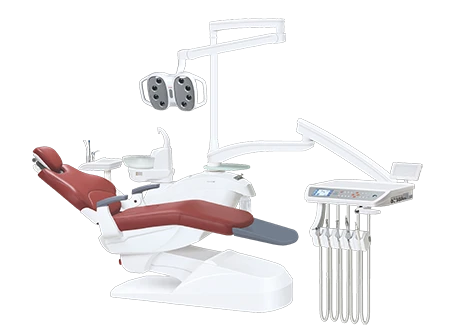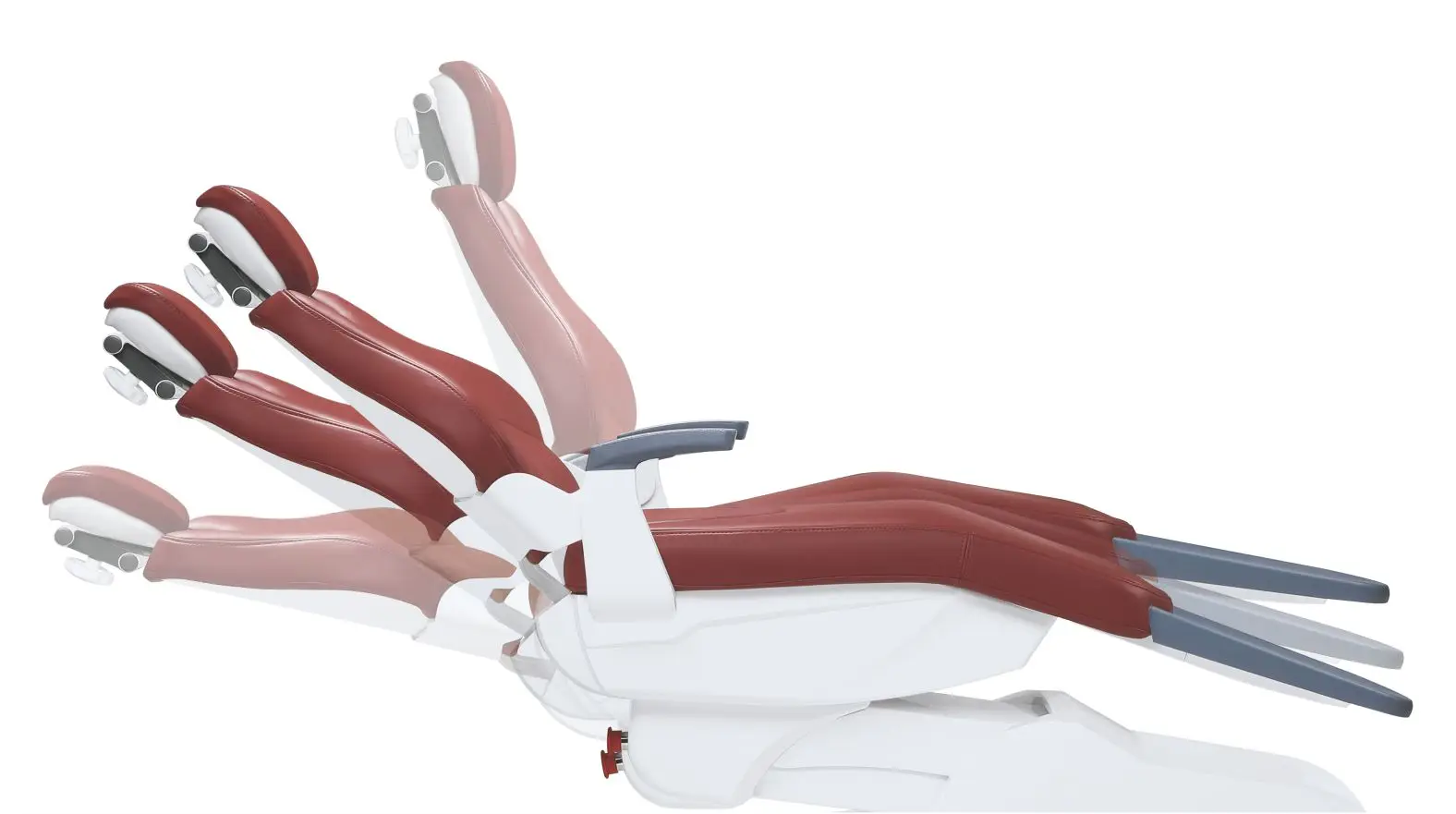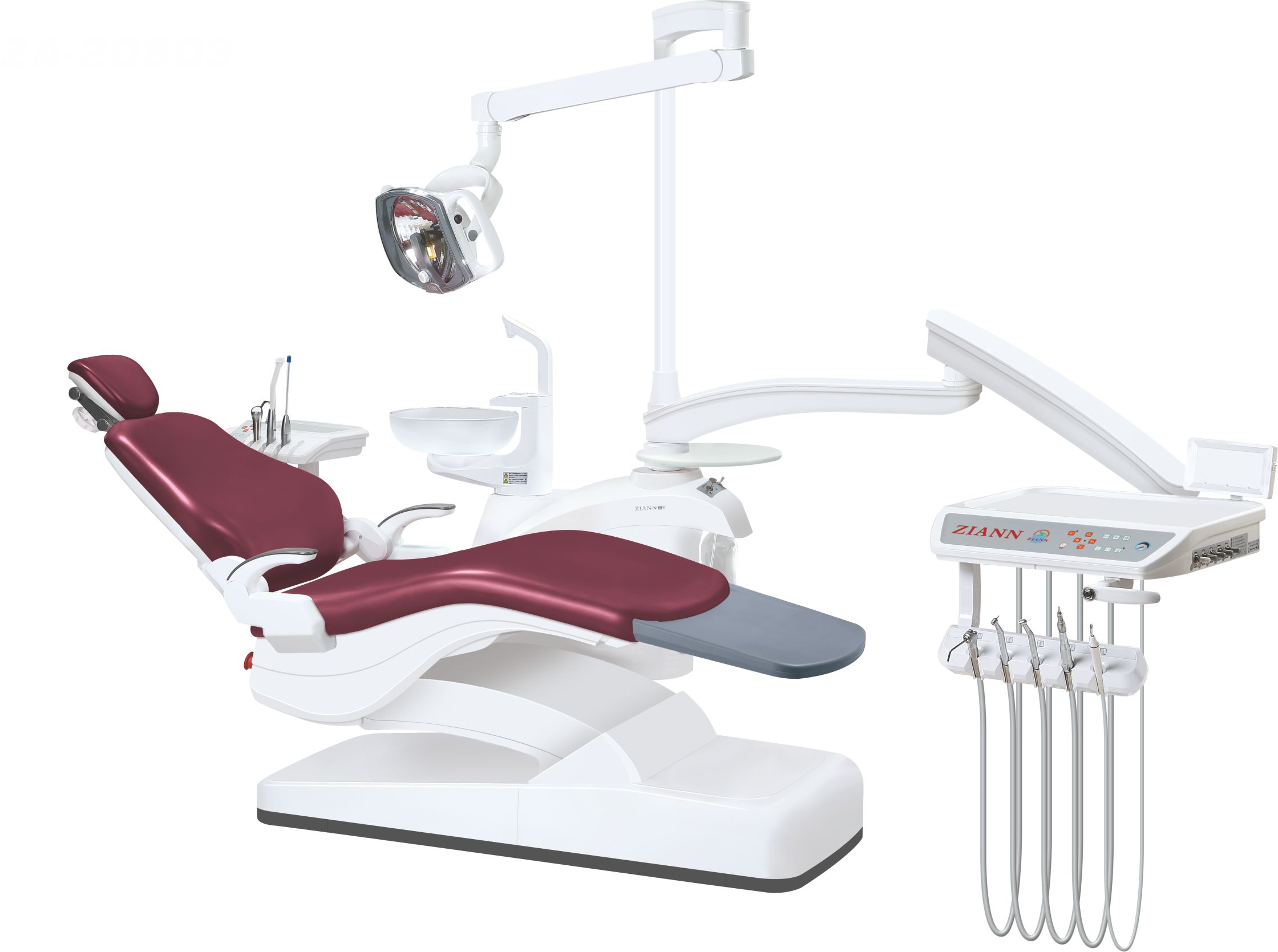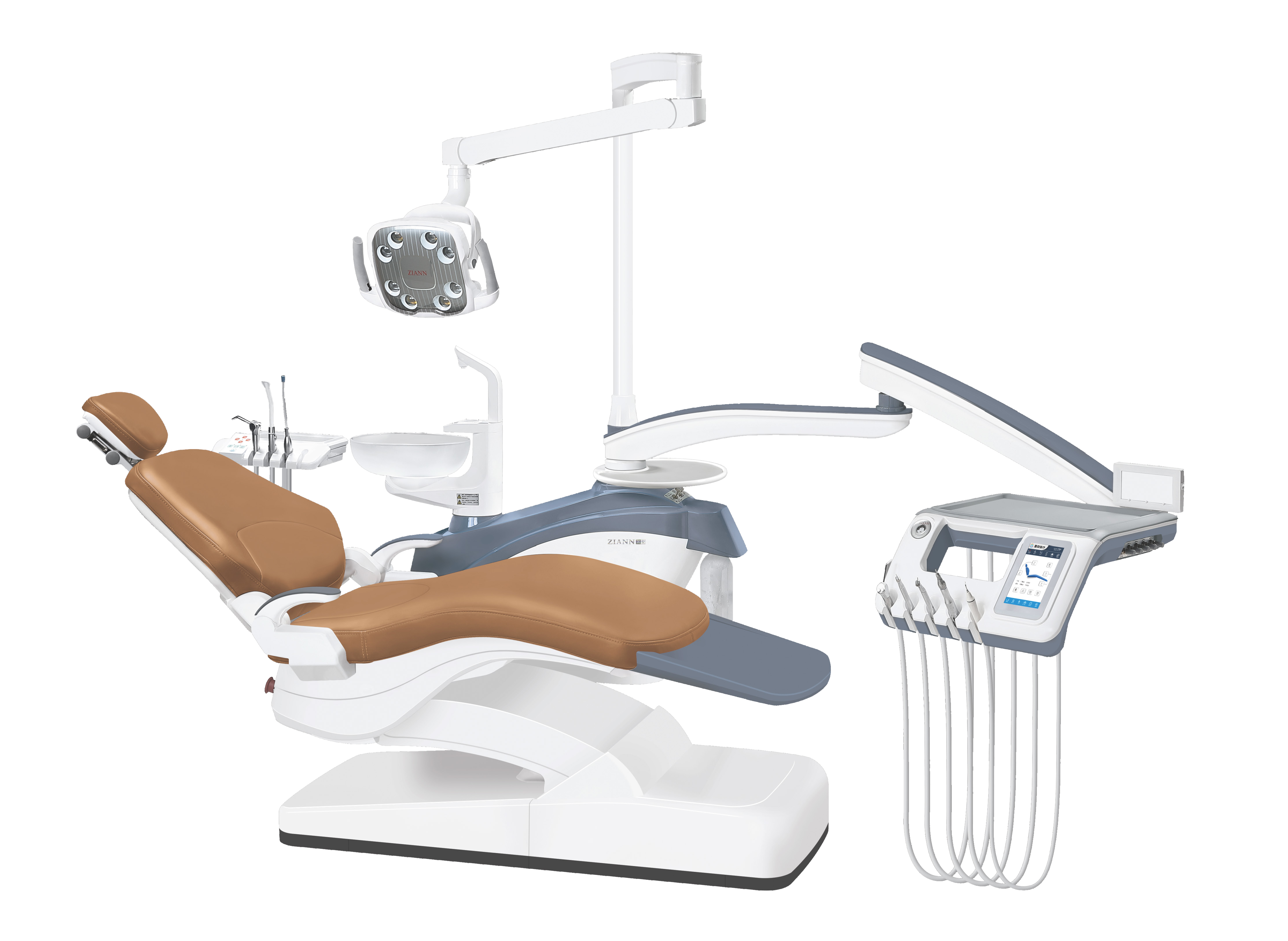Dental units are the cornerstone of any dental practice, integrating various tools and technologies essential for patient care. This article addresses frequently asked questions (FAQs) about dental units, covering their types, maintenance, and troubleshooting.

What is a Dental Unit?
A dental unit is a comprehensive care station in a dental office that includes a dental chair, instrument holder, scialytic lamp, spittoon, and aspiration system. It allows for the comfortable positioning of patients and provides the necessary tools for dental procedures.
What Types of Dental Units Are Available?
Dental units come in various types, each designed for specific purposes:
Traditional Dental Units: Fixed in place, fully equipped for a wide range of dental procedures.
Portable Dental Units: Compact and mobile, ideal for outreach programs or home visits.
Pediatric Dental Units: Designed specifically for children, often with smaller chairs and specialized tools.
Orthodontic Units: Tailored for orthodontic treatments, focusing on braces and aligners.
How Often Should Dental Units Be Maintained?
Regular maintenance is crucial for the longevity and efficiency of dental units:
Daily: Clean and disinfect the chair, flush waterlines, and lubricate moving parts.
Weekly: Inspect upholstery, check for hydraulic leaks, and clean filters.
Monthly: Lubricate O-rings, test safety switches, and check for oil leaks.
Annually: Conduct professional inspections, calibrate equipment, and review emergency procedures.
How Can I Maximize the Lifespan of My Dental Unit?
To extend the lifespan of a dental unit:
Regular Maintenance: Follow a strict maintenance schedule as outlined above.
Proper Training: Ensure all staff are trained in the correct use and maintenance of the equipment.
Professional Servicing: Schedule regular check-ups with qualified technicians to address any potential issues before they become major problems.
How Should Dental Unit Waterlines Be Maintained?
Maintaining dental unit waterlines (DUWLs) is essential to prevent biofilm formation:
Daily Flushing: Flush waterlines for at least 2 minutes at the start and end of the day, and for 20-30 seconds between patients.
Disinfection: Use chemical disinfectants like hypochlorous acid or peracetic acid to clean waterlines regularly.
Shock Treatments: Periodically perform shock treatments to eliminate biofilm and maintain water quality.
What Are the Benefits of Regular Dental Unit Maintenance?
Regular maintenance of dental units offers several benefits:
Extended Service Life: Properly maintained units can last over 15 years, compared to less than a decade without maintenance.
Cost Savings: Preventive maintenance reduces the need for expensive repairs and replacements.
Improved Patient Care: Well-maintained equipment ensures a safe and efficient treatment environment, enhancing patient satisfaction and trust.
What Should I Do If My Dental Unit Experiences Low Water Pressure?
Low water pressure in a dental unit can be caused by:
Clogged Filters: Clean or replace filters regularly to maintain water flow.
Airlocks in Water Lines: Bleed air from the lines to resolve airlocks.
Supply Issues: Check the water supply for any disruptions or issues.
How Can I Prevent Suction Unit Failures?
To prevent suction unit failures:
Regular Cleaning: Clean suction tubes and filters regularly to prevent blockages.
Inspect Components: Regularly inspect the motor and mechanical components for any signs of wear or damage.
Routine Maintenance: Follow a maintenance schedule to ensure all parts are functioning correctly.
What Are the Best Practices for Using Personal Protective Equipment (PPE) with Dental Units?
Using PPE correctly is crucial for safety:
Hand Hygiene: Wash hands thoroughly before and after each patient.
Gloves: Wear gloves during all procedures and change them between patients.
Masks and Eye Protection: Use masks and eye protection to prevent exposure to aerosols and splashes.
Gowns: Wear gowns to protect clothing and skin from contaminants.
How Should Dental Units Be Cleaned and Disinfected?
Cleaning and disinfecting dental units involves:
Surface Disinfection: Wipe down all surfaces with EPA-registered disinfectants between patients.
Instrument Sterilization: Sterilize instruments that come into contact with mucous membranes using appropriate methods like autoclaving.
Waterline Disinfection: Use chemical disinfectants to clean waterlines and prevent biofilm formation.
How Can I Troubleshoot Common Dental Unit Issues?
Common dental unit issues and their solutions include:
Inadequate Water Pressure: Check and clean filters, bleed air from lines, and inspect the water supply.
Suction Unit Failure: Clean or replace blocked components, and inspect the motor for mechanical failures.
Dental Chair Malfunctions: Check for loose connections, address minor electrical faults, and seek professional help for hydraulic issues.
Faulty Handpiece Delivery Systems: Inspect for obstructions or damage, and clean the handpiece according to the manufacturer's instructions.
Conclusion
Understanding and addressing the common questions about dental units can significantly improve the efficiency and safety of dental practices. Regular maintenance, proper training, and timely troubleshooting are key to ensuring the longevity and optimal performance of dental units. By following these FAQs and adhering to best practices, dental professionals can maintain high standards of care, prevent equipment failures, and ensure the safety of both patients and staff.






